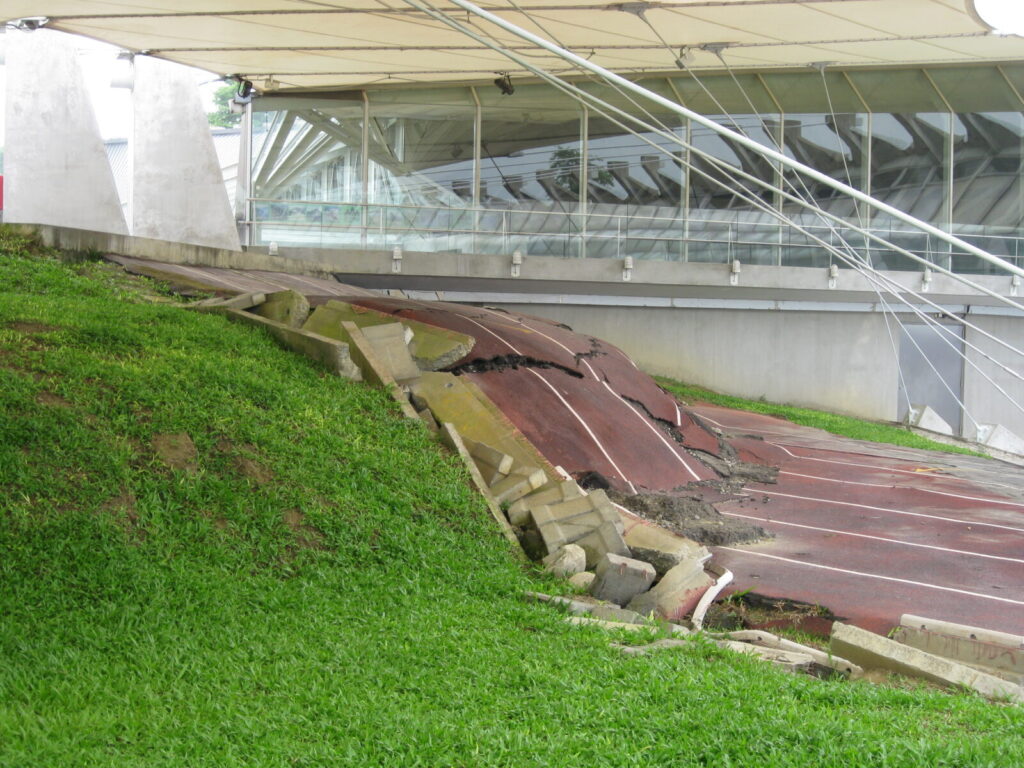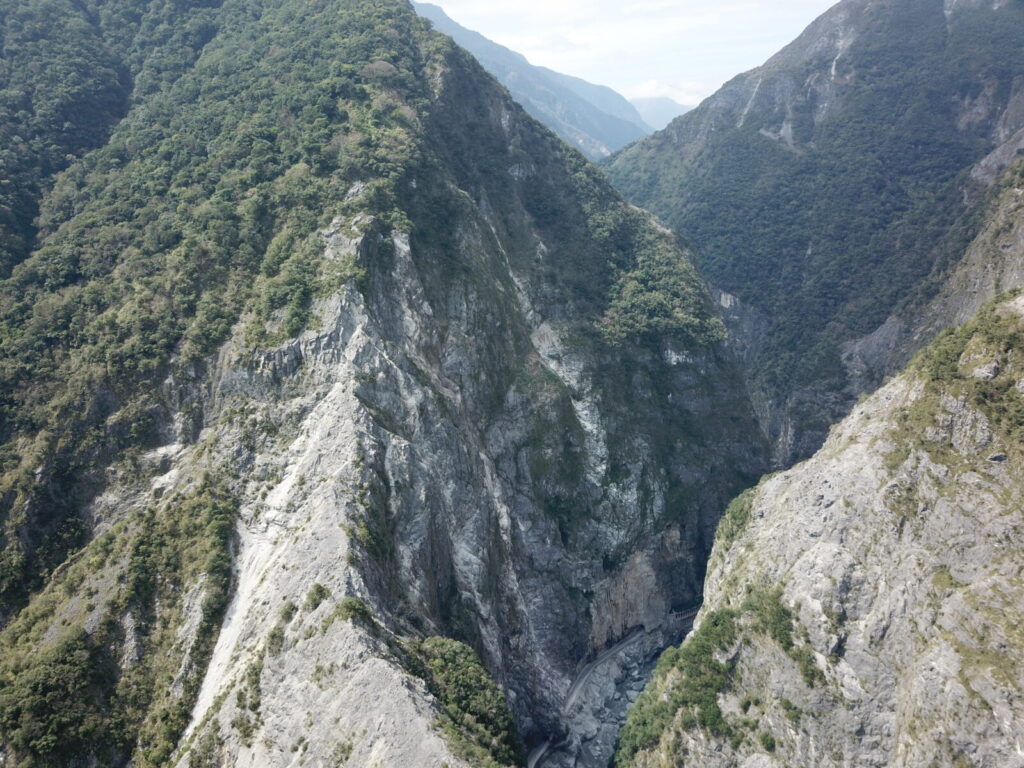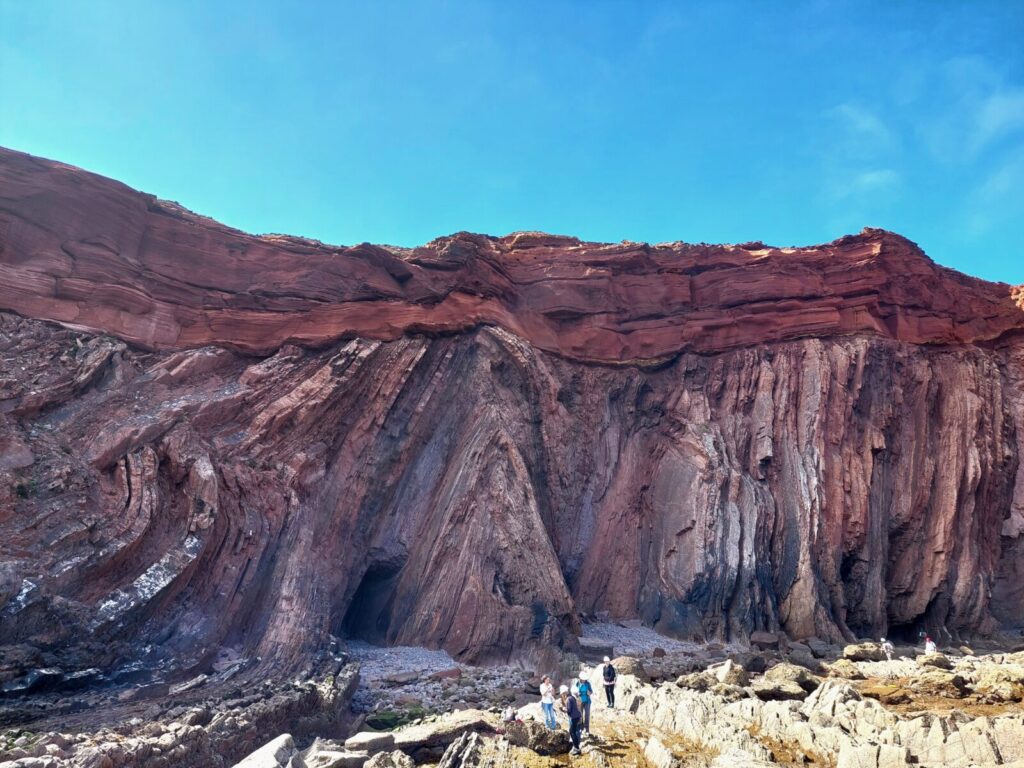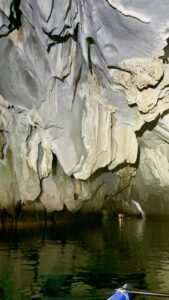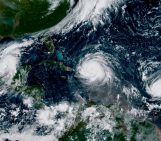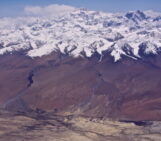
Geological tourism, or geotourism, offers a unique way to experience our planet’s incredible history and ongoing dynamic processes. Beyond simply admiring beautiful landscapes, geotourism invites us to understand the forces that shaped them, from ancient tectonic movements to the relentless power of erosion. Join us as we explore some remarkable geotourism destinations, each telling a compelling story of Earth’s past and present.
Witnessing Earth’s raw power: The 921 Earthquake Museum, Taiwan
Our first stop takes us to Taiwan, specifically to the 921 Earthquake Museum. This isn’t your typical museum filled with dusty artifacts. What makes this site truly extraordinary, as described by Kristen Cook, Geomorphology Division President, is its direct integration with the geological event it commemorates. The museum is built on the fault line itself, as it incorporates school buildings that tragically collapsed during the Chi-Chi earthquake on September 21, 1999.
What I find remarkable about this museum is that it’s built directly on the fault, in and around school buildings that were collapsed by the earthquake, so it’s not just pictures and exhibits about earthquakes, but you are also surrounded by real earthquake impacts. Of course the exhibits and displays are also very nice – I especially appreciated the interactive activities about earthquake engineering, and an earthquake simulation experience. Said Cook.
This immersive approach provides a visceral understanding of earthquake impacts. Instead of just seeing pictures, visitors are surrounded by the tangible evidence of the quake’s destructive force. While thankfully no fatalities occurred in the school buildings now part of the museum, the earthquake claimed 2,415 lives across Taiwan. The museum’s exhibits and displays are highly engaging, offering interactive activities focused on earthquake engineering and even an earthquake simulation experience. It’s a powerful and poignant reminder of Earth’s immense power and the importance of resilience in the face of natural phenomena.
A symphony of erosion: Taroko Gorge, Taiwan
Also in Taiwan, the Taroko Gorge offers a visually stunning contrast to the raw power of earthquakes, which shows the relentless artistry of erosion. As Kristen Cook highlights, this spectacular landscape is carved by extremely rapid river erosion through resilient marble bedrock. The result is an incredibly deep and narrow gorge, a result of the sheer volume of water and sediment transported over geological timescales.
Beyond its breathtaking beauty, Taroko Gorge provides a living classroom for observing ongoing landscape change. Landslides, rockfalls, and floods are frequent occurrences in the valley, serving as vivid reminders that geological processes are continuous and dynamic. Visitors can witness the power of water shaping the land, exposing ancient rock formations, and creating dramatic cliffs and precipices. It’s a place where you can truly feel the pulse of the Earth as it reshapes itself.
Tracing supercontinent history: Telheiro Beach, Portugal
Our journey takes us now to the dramatic coastline of Portugal: Telheiro Beach in Sagres. João C. Duarte, President of the Tectonics and Structural Geology Division, points to the remarkable geological story preserved in the cliffs here. Telheiro Beach is renowned for its striking angular unconformity, a geological feature where younger, horizontally laid rock layers rest atop older, tilted, or folded layers, representing a significant gap in geological time.
In the picture, you can see the folds formed during the formation of the supercontinent Pangea and, on top, the red sediments were deposited when Pangea broke up and the Atlantic started opening. Said Duarte
At Telheiro, you can clearly see the intensely folded schists and metagreywackes of the Brejeira Formation, dating from the Upper Carboniferous period. These dramatic folds were formed during the colossal tectonic forces associated with the assembly of the supercontinent Pangea. Resting unconformably above these ancient, contorted layers are the reddish sediments of the Grés de Silves Formation from the Triassic period. These red beds were deposited as Pangea began to break apart and the Atlantic Ocean started to open, marking a pivotal moment in Earth’s continental drift history. The contrast in color and orientation of these rock units tells a compelling story of immense geological forces, uplift, erosion, and subsequent deposition, making it an open book for understanding supercontinent cycles.
Subterranean wonders: Puerto Princesa Underground River, Philippines
Finally, we venture to the Philippines to explore the Puerto Princesa Underground River, my personal contribution to this geotourism guide. Located on the island of Palawan, this UNESCO World Heritage Site and New7Wonder of Nature offers an awe-inspiring journey into a subterranean world shaped by millions of years of geological activity.
The park encompasses a spectacular limestone (karst) landscape, estimated to be around 20 million years old. The centerpiece is an 8.2-kilometer-long navigable underground river that winds through a massive cave system before flowing directly into the South China Sea. What makes this river unique is that its lower half is brackish and influenced by ocean tides, creating a fascinating interplay between freshwater and saltwater environments within the cave.
As you glide through the cavern on a paddle boat, you are surrounded by dramatic speleothems: stalactites and stalagmites formed by the slow dripping of mineral-rich water over millennia. The cave boasts several immense chambers, some as wide as 120 meters and 60 meters high, creating a cathedral-like experience. Beyond the breathtaking formations, the underground river supports a unique ecosystem, home to various species including bats and swiftlets. The geological story here is one of dissolution and deposition, as water slowly but persistently carves through soluble limestone, creating magnificent underground labyrinths and preserving a snapshot of Earth’s ongoing subterranean evolution. It’s a journey that highlights the often-hidden beauty and complexity of our planet’s geological wonders.
Geotourism offers a profound connection to our planet, which allows us to witness the grand narrative of Earth’s formation, evolution, and ongoing transformation. From the raw power of earthquakes to the artistic sculpting of erosion, and from the ancient remnants of supercontinents to the hidden wonders of underground rivers, these destinations invite us to see the world through a geological lens.
So, pack your bags, and embark on your own geological adventure because the Earth has countless stories waiting to be discovered!
Looking for more suggestions? Check out these other great geotourism suggestions:

